-
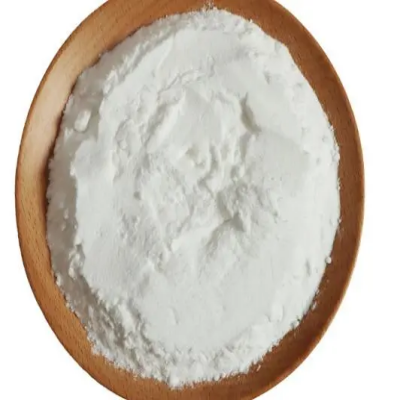
Acetylacetonatodicarbonyl rhodium CAS:14874-82-9
Acetylacetonatodicarbonyl rhodium, with the chemical formula [Rh(acac)(CO)₂], is a coordination complex of rhodium(I) with acetylacetonate and carbonyl ligands. It is a yellow crystalline solid, commonly used as a catalyst in various organic transformations and homogeneous catalysis.
-
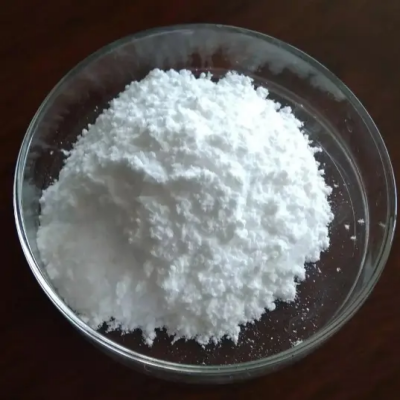
Rhodiumoctanoatedimer CAS:73482-96-9
Rhodium octanoate dimer, with the chemical formula Rh₂(O₂C(CH₂)₇CH₃)₄, is a coordination complex of rhodium(II) with octanoate ligands. It is a yellow-orange solid, commonly used as a catalyst in various organic transformations and polymerization reactions.
-
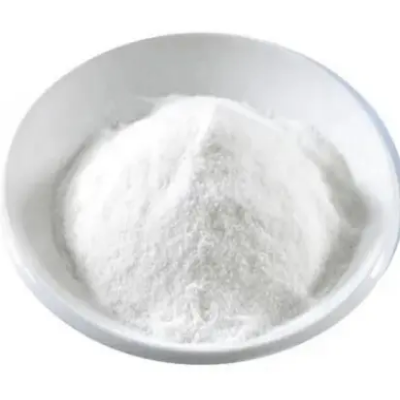
1 ’1-Bis(diphenylphosphino)ferrocene palladium(Ⅱ)chloride CAS:72287-26-4
1,1-Bis(diphenylphosphino)ferrocene palladium(II) chloride, with the chemical formula [Pd(dppf)Cl₂], is an organometallic complex of palladium(II) coordinated with the dppf ligand and chloride ions. It is a yellow crystalline solid, commonly utilized in organic synthesis and catalysis.
-

benzyl N-({hexahydro-1H-pyrrolizin-7a-yl}methyl)carbamate hydrochloride CAS:78449-72-6
Benzyl N-({hexahydro-1H-pyrrolizin-7a-yl}methyl)carbamate hydrochloride is a chemical compound with a benzyl carbamate group attached to the nitrogen atom of a hexahydro-1H-pyrrolizin-7a-yl moiety, and it is in the form of a hydrochloride salt. This compound has garnered interest in medicinal chemistry due to its potential pharmacological activities, particularly in the field of central nervous system disorders. Its unique structural features offer avenues for designing novel drug candidates with enhanced therapeutic profiles, targeting receptors and pathways involved in neurological conditions.
-
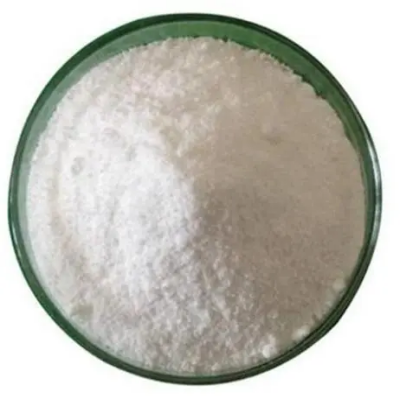
tert-Butyl ((3R,5R)-5-methylpyrrolidin-3-yl)carbamate CAS:1932651-04-1
tert-Butyl ((3R,5R)-5-methylpyrrolidin-3-yl)carbamate is a chemical compound characterized by the presence of a pyrrolidine ring substituted with a tert-butyl carbamate group at the 3-position and a methyl group at the 5-position. This compound has drawn attention in medicinal chemistry due to its structural novelty and potential pharmacological applications. Its unique configuration offers opportunities for designing novel drug candidates with specific biological targets, making it a valuable asset in drug discovery and development endeavors.
-

trans-4-Amino-1-(tert-butoxycarbonyl)pyrrolidine-3-carboxylic acid CAS:369623-85-8
Trans-4-Amino-1-(tert-butoxycarbonyl)pyrrolidine-3-carboxylic acid is a compound featuring a pyrrolidine ring substituted with an amino group at the 4 position and a tert-butoxycarbonyl group at the 1 position. This molecule holds significance in medicinal chemistry, particularly in the development of pharmaceuticals. Its structural complexity presents opportunities for designing novel therapeutic agents with specific pharmacological properties, potentially targeting pathways implicated in inflammatory diseases, cancer, or central nervous system disorders.
-
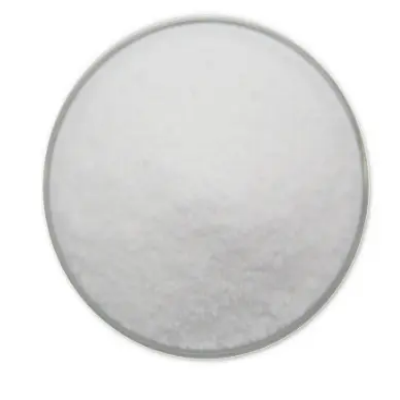
4”-PROPYL-3-FLUOROBIPHENYL-4-BORONIC ACID CAS:909709-42-8
4”-Propyl-3-fluorobiphenyl-4-boronic acid is a boronic acid derivative with a molecular structure consisting of a boronic acid group attached to a biphenyl ring substituted with both propyl and fluorine functional groups. This compound plays a significant role in organic synthesis, particularly in Suzuki-Miyaura cross-coupling reactions, where it serves as a versatile boronic acid reagent. Additionally, its specific combination of substituents provides opportunities for tailored reactivity, making it valuable in medicinal chemistry, materials science, and the synthesis of functionalized organic molecules.
-

1 ’1-Bis(diphenylphosphino)ferrocene Palladium(Ⅱ)chloride dichloromethane chloride CAS:95464-05-4
1,1-Bis(diphenylphosphino)ferrocene Palladium(II) Chloride Dichloromethane Complex, with the chemical formula [Pd(dppf)Cl₂·CH₂Cl₂], is an organometallic compound containing palladium(II) coordinated with the dppf ligand and chlorides in a dichloromethane solvent. It is commonly used in organic synthesis and catalysis.
-

N-(6-bromopyridin-2-yl)thiourea CAS:439578-83-3
N-(6-Bromopyridin-2-yl)thiourea is a chemical compound characterized by the presence of a thiourea functional group attached to a 6-bromopyridin-2-yl moiety. This compound has garnered interest in medicinal chemistry due to its diverse pharmacological activities and potential therapeutic applications. Its unique structural features offer avenues for designing novel drug candidates with specific biological targets, making it a valuable asset in drug discovery and development.
-

2-(4,4,5,5-TETRAMETHYL-1,3,2-DIOXABOROLAN-2-YL)PHENOL CAS:269409-97-4
2-(4,4,5,5-Tetramethyl-1,3,2-dioxaborolan-2-yl)phenol, commonly known as TMDBP, is a chemical compound belonging to the class of phenolic boronic esters. Its molecular structure comprises a phenolic hydroxyl group attached to a phenyl ring bearing a boron-containing cyclic ester moiety. This compound holds significance in organic synthesis, particularly in Suzuki-Miyaura cross-coupling reactions, where it serves as a valuable boronic ester reagent. Additionally, its stable cyclic boronate structure and sterically hindered nature make it useful in designing ligands for transition metal-catalyzed reactions and in the development of functional materials.
-

1-Methyl-4-pyrazole boronic acid pinacol ester CAS:761446-44-0
1-Methyl-4-pyrazole boronic acid pinacol ester is a chemical compound categorized as a boronic ester. Its molecular structure consists of a boronic acid moiety attached to a pyrazole ring substituted with a pinacol ester group (-OC(CH₃)₂C(CH₃)₂O-). This compound holds significant importance in organic synthesis, particularly in Suzuki-Miyaura cross-coupling reactions, where it serves as a versatile boronic ester reagent. Additionally, its stability, selective reactivity, and compatibility with various reaction conditions make it valuable in the synthesis of pharmaceutical intermediates, agrochemicals, and functional materials.
-
![Cyclopenta[b]pyrrole-3a(1H)-methanol, hexahydro- CAS:1784081-72-6](https://cdn.globalso.com/xindaobiotech/1ZNB2ZF342ZWRNG285.png)
Cyclopenta[b]pyrrole-3a(1H)-methanol, hexahydro- CAS:1784081-72-6
Cyclopenta[b]pyrrole-3a(1H)-methanol, hexahydro- is a fused bicyclic compound with a cyclopenta[b]pyrrole core structure and a hexahydro-1H-pyrrole-3a(1H)-methanol side chain. This molecule is significant in medicinal chemistry due to its potential pharmacological activities. Its unique structure offers opportunities for the development of novel drug candidates, particularly targeting neurological disorders and other diseases where modulation of neurotransmitter receptors and transporters is crucial. Cyclopenta[b]pyrrole-3a(1H)-methanol, hexahydro- serves as a scaffold for medicinal chemists exploring new therapeutic agents with optimized pharmacokinetic properties and reduced side effects.

